Measuring physical factors in the workplace is a vital component of evaluating occupational safety and health conditions, aimed at maintaining the health and well-being of employees. These factors include noise, vibrations, lighting, temperature, humidity, pressure, hazardous gases, magnetic fields, and ionizing and non-ionizing radiation, which can have negative impacts on the physical and mental health of workers. Measuring these factors is done using advanced and standardized devices such as lux meters, decibel meters, thermometers, hygrometers, and vibration meters, to determine their intensity and impact on the environment and workers. Adhering to national and international standards such as OSHA, ACGIH, and ISO is essential in this process to prevent occupational diseases and injuries and to optimize working conditions.

In many industries, workers are exposed to environmental noise levels exceeding the permissible limit, which over time leads to hearing loss or, eventually, the complete loss of hearing ability. For this reason, determining the level of workers’ exposure to environmental noise is crucial to prevent hearing loss and other noise-related damage. Workplace noises can be either continuous, such as the sound of machinery, or impulsive/impact noises, such as the sound of presses or explosions. When measuring noise, parameters such as sound pressure level with a filter (dBA), average sound energy over the measurement period (Leq), Lmax, Lmin, peak, minimum, and the percentage of the permissible daily dose (Dose) are measured according to national and international standards (NIOSH, ACGIH).
Hand/arm and whole-body vibration assessments in the workplace are aimed at identifying and controlling the negative effects of vibrations caused by industrial tools, machinery, and vehicles, which can harm workers’ health. Hand/arm vibrations typically occur when working with electrical and mechanical tools such as drills, power saws, and other devices, and can lead to Hand-Arm Vibration Syndrome (HAVS) and musculoskeletal injuries. Additionally, whole-body vibrations, which result from long periods of driving or working with heavy machinery, can lead to back pain, joint disorders, and neck injuries. To assess these vibrations, vibration measuring devices (harmonic analyzers) are typically used to analyze the intensity and frequency of vibrations. Standard methods such as ISO 5349 for hand/arm vibration and ISO 2631 for whole-body vibration help assessors identify potential hazards and suggest appropriate measures such as using anti-vibration equipment, changing work methods, and taking regular breaks to reduce the negative effects of vibrations. These assessments contribute to maintaining workers’ health and improving working conditions.

Measuring light and illumination in the workplace is one of the key elements in occupational health because inadequate lighting can cause eye fatigue, reduced work efficiency, workplace accidents, and visual disorders. Depending on the purpose of the measurement, various methods are used to measure light. Some of the most important of these methods include the following:

Spot Measurement Method
This method involves measuring the light intensity at specific points on the work surface or environment (usually with a fixed distance between points) to assess the uniformity of light in areas such as halls, offices, production lines, and classrooms, and then comparing it with lighting standards.
Grid or Area Method
A more precise method for evaluating the uniformity of lighting in large spaces such as warehouses, halls, and factories. In this method, the area of interest (e.g., production hall or warehouse) is divided into a grid of evenly spaced points, and light is measured at each point. A lighting map is then drawn, and the uniformity of light is calculated.
Task Area Measurement
In this method, similar to the spot measurement method, light is directly measured on the working surface where employees perform their tasks. By placing a lux meter exactly at the location where the work is done (e.g., assembly table, study desk, or lathe machine), the light intensity is measured and then compared with the standard light level for that specific activity and occupation.
Pathway or Corridor Method
This method is generally used for measuring light in pathways where employees move, such as corridors or escalators. The light intensity is measured at regular intervals (e.g., every 3 to 5 meters), and then compared with standard values to assess the minimum light levels needed for adequate visibility along the movement path.
Logarithmic or Photometric Mapping Method
This advanced method is used for measuring, designing, and optimizing lighting systems in large-scale projects and advanced lighting engineering. Using optical mapping and analytical software, a large amount of data is collected at regular intervals. The data is then modeled using engineering software, and finally, light distribution is analyzed with tools such as Dialux and Relux.
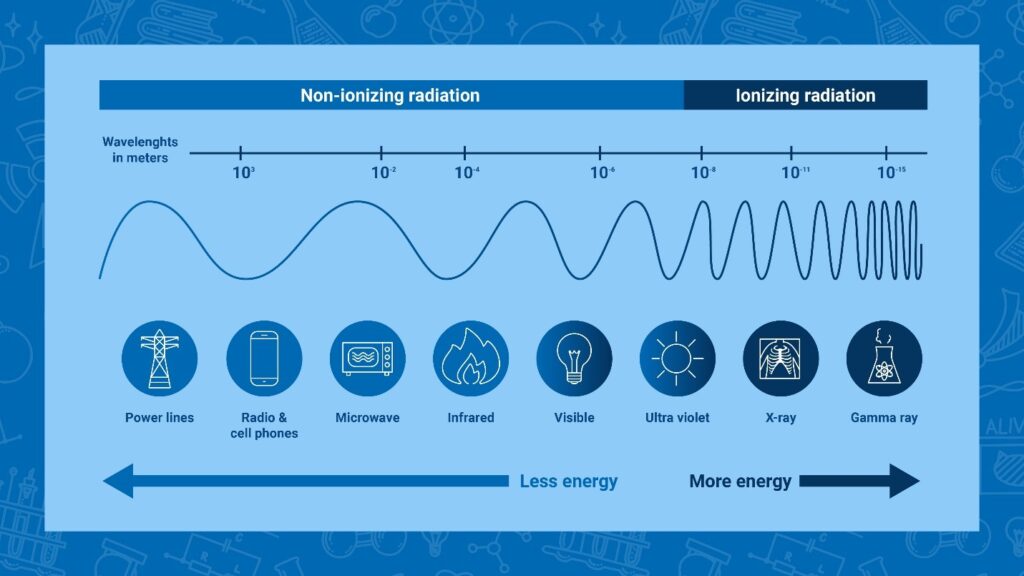
The measurement of non-ionizing radiation involves assessing the intensity and distribution of electromagnetic wave energy that does not have the ability to ionize atoms, but can have biological or thermal effects on the human body. These radiations include low-frequency electric and magnetic fields (ELF/EMF), radiofrequency and microwave waves (RF/MW), infrared radiation (IR), ultraviolet radiation (UV), lasers, and visible light. The measurement of these radiations is carried out using specialized devices such as field meters, UV and IR radiometers, spectrometers, etc.
These measurements are essential not only for safety assessments in workplace and public environments but also for compliance with health and safety standards, including the limits set by organizations such as ICNIRP and ACGIH. The aim of these measurements is to ensure human health and prevent potential harm from exposure to these radiations.

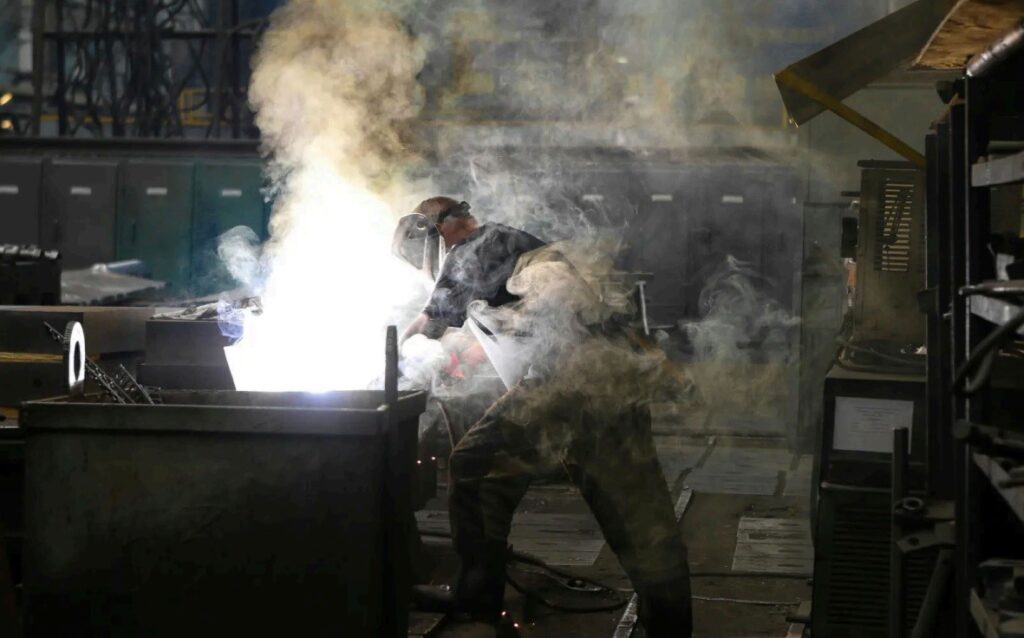
The measurement of chemical factors in the workplace is conducted to identify and assess the concentration of hazardous chemicals in the air and other work environments in order to protect the health of employees. These factors include gases, vapors, particulate matter, fumes, toxic vapors, and chemical compounds that can cause respiratory diseases, poisoning, cancer, or acute and chronic health effects. The measurement of these factors is done using air sampling devices, chemical sensors, spectroscopy, gas chromatography, and chemical tests. By accurately measuring the concentration of these substances, it is possible to ensure compliance with the permissible exposure limits (OEL) according to national and international standards such as ACGIH, OSHA, and ISO, and to take actions to reduce risks. These measurements contribute to maintaining workplace safety and reducing the occurrence of occupational diseases.
NIOSH Methods (National Institute for Occupational Safety and Health)
NIOSH methods are a set of procedures and standards developed by this organization to assess and measure harmful workplace factors. These methods are specifically designed to identify and measure physical, chemical, biological, and psychological factors, allowing the evaluation of workplace quality and the identification of potential health hazards.
NIOSH methods include precise protocols for air sampling, chemical analysis, noise and vibration measurement, light and temperature evaluation, and many other aspects of the work environment. These methods are conducted using advanced devices and laboratory techniques such as gas chromatography, spectrophotometry, microbiological analysis, and more. Their primary goal is to protect the health of workers by identifying and controlling risk factors. The use of these methods in workplaces ensures that conditions comply with global safety and health standards such as OSHA and ACGIH, thereby safeguarding employee health.
The measurement of biological factors in the workplace involves the assessment and identification of organisms and biological materials that may pose health risks to employees in work environments. These factors include microbes, viruses, bacteria, fungi, allergens, and sensitizing agents that can cause infectious diseases, occupational allergies, respiratory problems, and other health disorders.
The measurement of these factors is typically carried out using air, surface, and environmental liquid sampling, microbiological and chemical analysis, as well as serological tests. The use of these methods helps to accurately assess the level of contamination and the concentration of harmful organisms in workplaces such as hospitals, laboratories, food industries, and agriculture. Ultimately, these measurements help determine and implement appropriate health and safety measures, such as the use of personal protective equipment (PPE) and proper ventilation systems, to prevent exposure to hazardous biological factors.
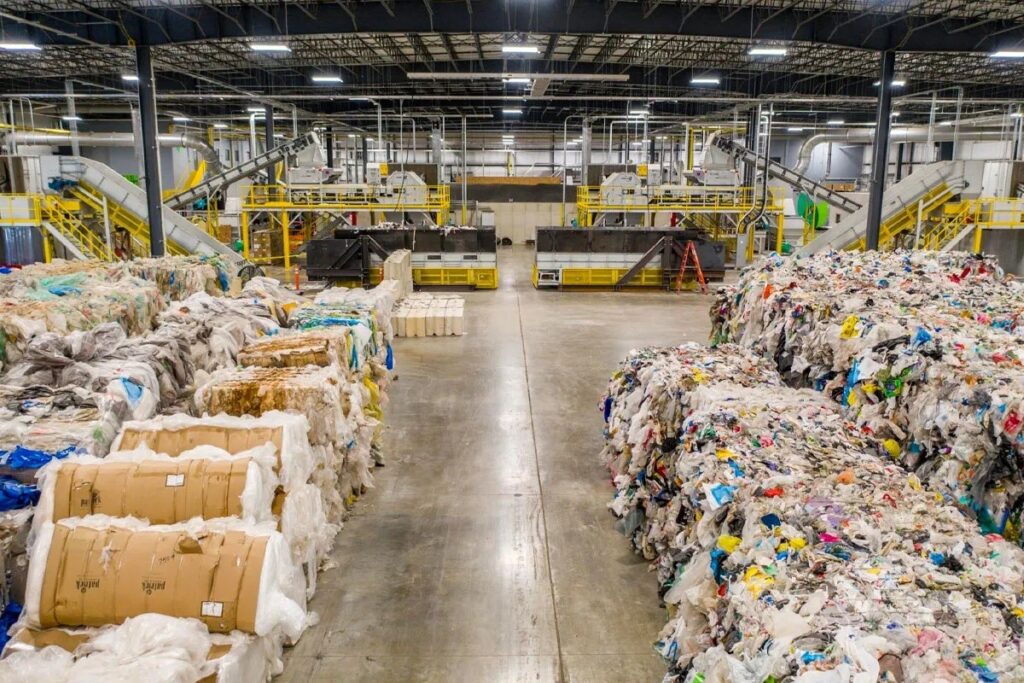
Microorganism sampling in the workplace is an essential method for assessing and controlling biological contamination that can threaten employee health. These microorganisms include bacteria, viruses, fungi, and other microbes that may be present in workplaces such as hospitals, laboratories, food industries, and humid environments.
Sampling is typically performed using air filtration, surface sampling (using swabs or wipe samples), and the collection of water and liquid samples. After collection, the samples are sent to the laboratory to identify and analyze the number and type of microorganisms present using methods such as microbial culture, PCR, or immunological techniques.
These assessments help control microbial contamination and implement appropriate preventive measures, such as improving ventilation, using personal protective equipment (PPE), and disinfecting surfaces, to prevent occupational diseases and related allergies.
Ergonomic injuries in the workplace refer to physical problems and disorders that arise due to poor design of the work environment, equipment, or incorrect work methods for the human body. These injuries typically include muscle pain, back pain, joint injuries, carpal tunnel syndrome, and pressure on nerves and soft tissues, which commonly result from repetitive activities, improper body postures, and the lifting of heavy loads. Ergonomic factors such as desk height, chair angle, pressure, repetition of physical movements, and the duration of standing or sitting can contribute to these injuries. To reduce these injuries, assessing the work environment and implementing ergonomic changes such as proper workstation design, using ergonomic chairs, improving lighting and ventilation conditions, and training employees to maintain proper posture are essential. These measures can prevent chronic problems, improve productivity, and preserve employee health.
Work posture assessment in the workplace is a process that examines the body positions of employees while performing tasks and activities. The goal is to identify and correct incorrect postures that can lead to ergonomic injuries and musculoskeletal disorders. This assessment typically involves analyzing body angles, head and neck positions, sitting, standing, bending, and twisting during work activities. Improper postures can place additional stress on joints, muscles, and the skeletal system, leading to issues such as back pain, neck pain, muscle fatigue, and joint injuries. To improve these conditions, ergonomic assessments are conducted using tools such as checklists, video cameras, posture analysis software, and ergonomic models. Correcting these postures through optimal workstation design, equipment adjustments, and training employees on maintaining proper body posture can help reduce the risk of injuries and improve employee productivity and comfort.
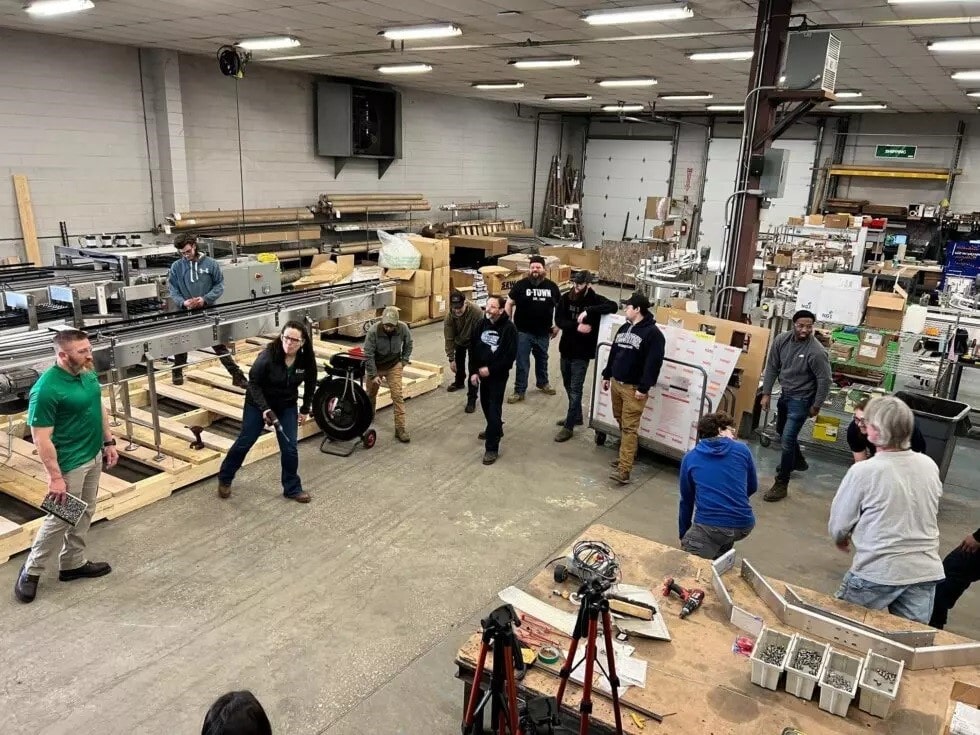

Workload analysis and manual material handling in the workplace is an essential component of ergonomic assessments aimed at identifying potential risks associated with the physical movement of objects by employees. Improper or excessive lifting can lead to musculoskeletal injuries, especially in the back, shoulders, and knees. This assessment considers factors such as the weight of the load, carrying distance, lifting height, frequency of repetition, body posture during lifting, and movement speed. Tools like the NIOSH Lifting Equation, MAC (Manual Handling Assessment Charts), and RULA or OWAS methods are used to analyze and determine the risk level. The goal of this analysis is to design or modify working conditions in a way that ensures the workload is within the physical capacity of individuals, preventing both chronic and acute injuries. Corrective measures such as the use of material handling equipment, training on proper lifting techniques, reducing load weight, or redesigning workstations are effective strategies for improving load handling conditions.


The analysis and evaluation of laboratory fume hood performance is a crucial process in ensuring safety in laboratory environments where chemicals and hazardous substances are used. Fume hoods, as ventilation systems, play a key role in reducing employees’ exposure to toxic vapors, gases, dust, and other harmful substances. The performance evaluation of these hoods includes measuring and assessing parameters such as airflow velocity, airflow distribution, negative pressure, ventilation rate, and the intensity of pollutant dispersion within the laboratory environment. This evaluation is typically carried out using measuring devices such as anemometers (airflow velocity meters) and air quality monitors to ensure that the hoods are functioning correctly and preventing the release of harmful substances outside the hood. Additionally, attention to the proper design, settings, and maintenance of the hoods is essential. These evaluations help ensure a safer laboratory environment and minimize the risks associated with exposure to chemicals and pollutants.
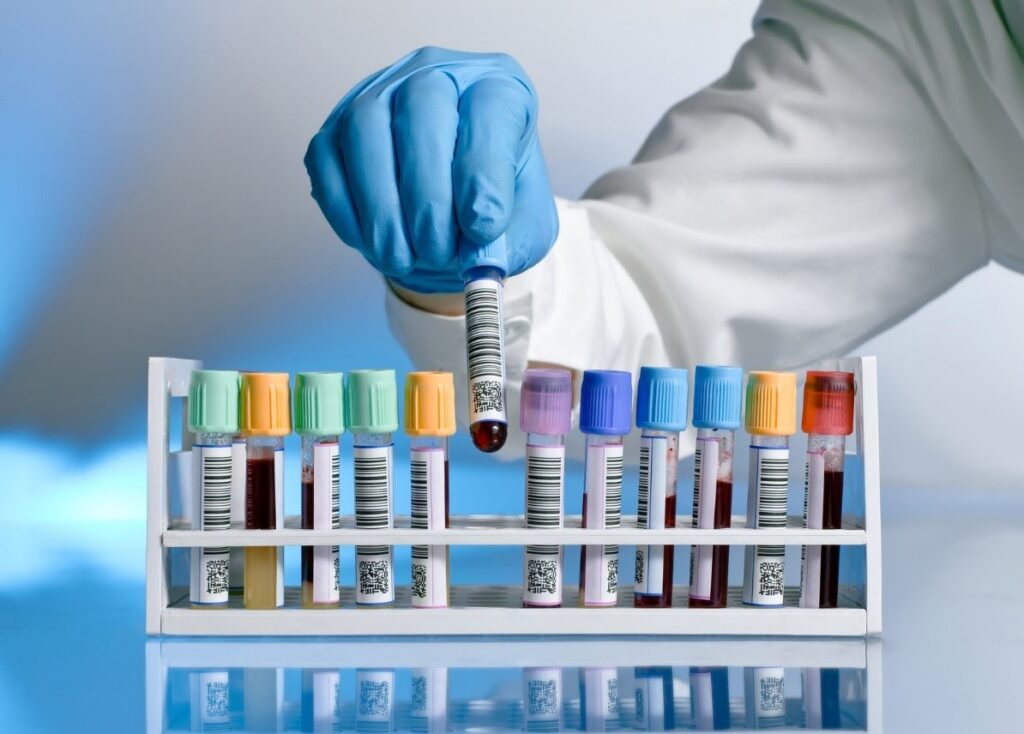
Biological monitoring refers to the processes in which samples from employees’ bodies, such as blood, urine, saliva, or exhaled breath, are collected and analyzed to identify and measure chemicals, toxins, or the effects resulting from exposure to harmful agents.
These monitoring processes are especially important in workplaces where workers are exposed to toxic chemicals, heavy metals, hazardous gases, or biological agents. Through biological monitoring, the level of absorption of harmful substances into the body can be assessed, and preventive measures such as changes in work practices, the use of protective equipment, or modifications in the work environment can be implemented. For example, exposure to lead, benzene, or asbestos can be detected by measuring the levels of these substances in blood, urine, or their metabolites. These monitoring processes, in addition to safeguarding workers’ health, help organizations ensure that exposure levels to harmful agents are within occupational health and safety standards, preventing occupational diseases.
Evaluation and design of local exhaust ventilation is one of the effective methods for controlling air pollution in work environments, where contaminated air is directly collected from the source of contamination (such as chemicals, dust, or gases) and removed from the environment.
This system is especially important in workshops and laboratories where toxic or hazardous materials are continuously produced.
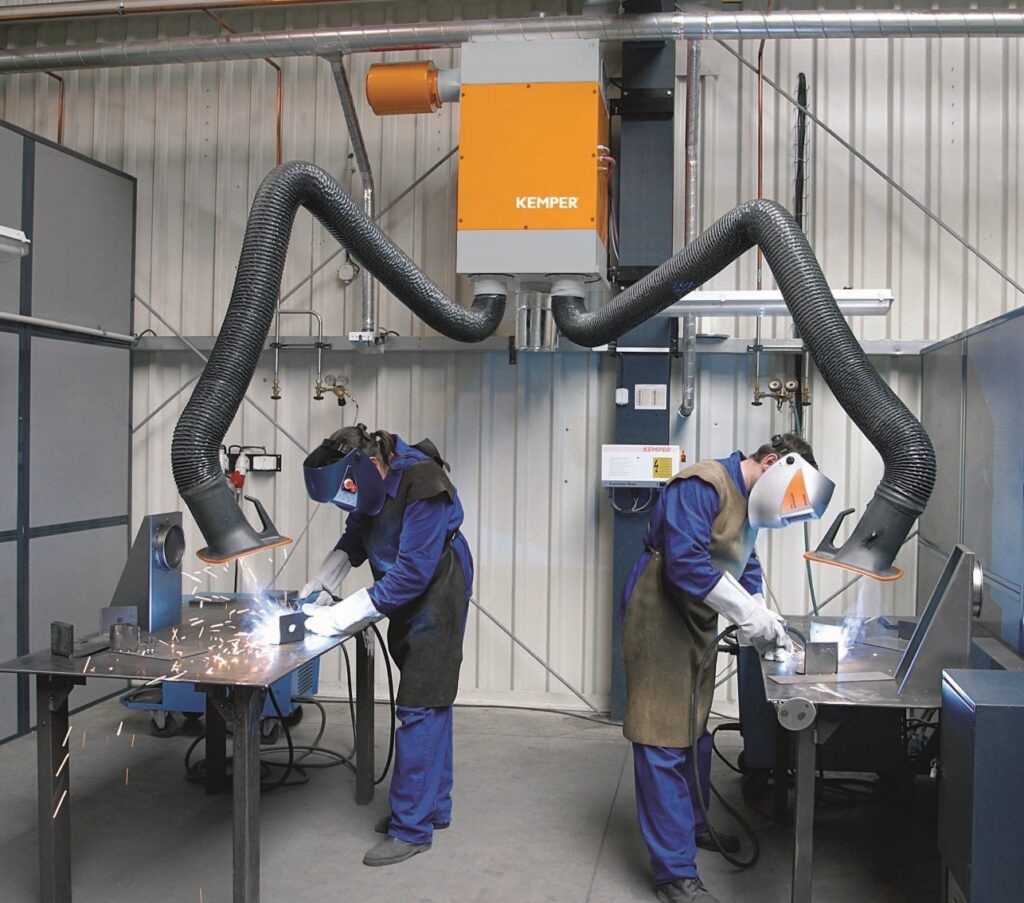
For the design and evaluation of a local exhaust system, factors such as the location of the hood or exhaust system, airflow velocity, the distance from the exhaust to the source of contamination, negative pressure, and ventilation capacity must be carefully reviewed and calculated. Using measuring devices such as air quality analyzers and anemometers is essential for evaluating the performance of local exhaust ventilation. Proper design of these systems can help reduce the concentration of pollutants in the workplace and prevent workers from inhaling harmful substances. Additionally, emphasizing regular maintenance of the systems, proper settings, and training employees on the use of this equipment helps enhance the efficiency and safety of work environments.
Designing solutions specific to each work environment to ensure the safety and health of employees.
Providing specialized advice and technical support throughout the evaluation and implementation process.
Utilization of national and international standards to ensure the quality of services.
Identifying and reducing environmental and health hazards, which can help lower medical costs and compensation expenses.
Creating a safe and healthy environment that boosts productivity and employee satisfaction.
Using the latest equipment and technologies for measuring and evaluating hazardous factors.
User Privacy Sam Pars Sanjesh is committed to protecting users’ personal information. For more details, read the Privacy Policy.